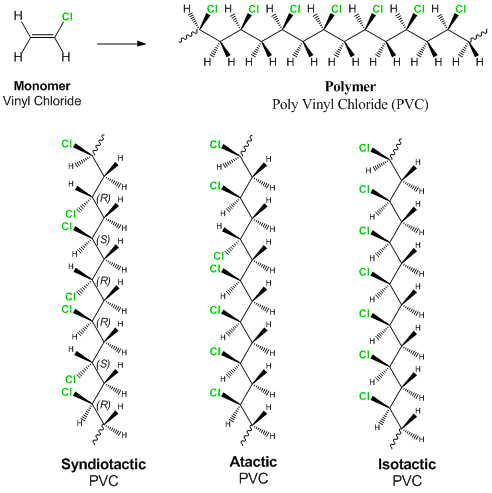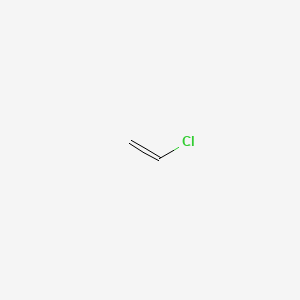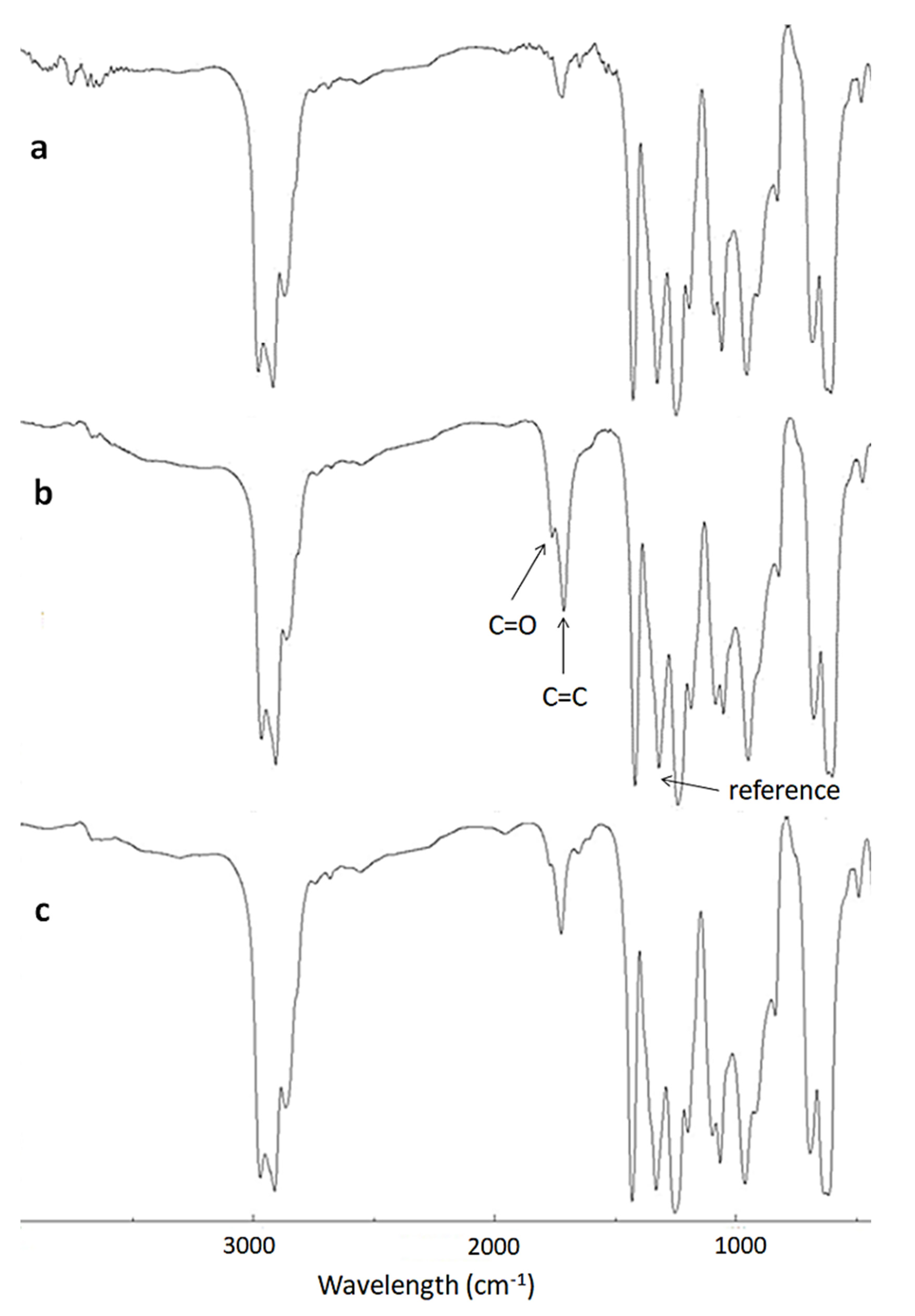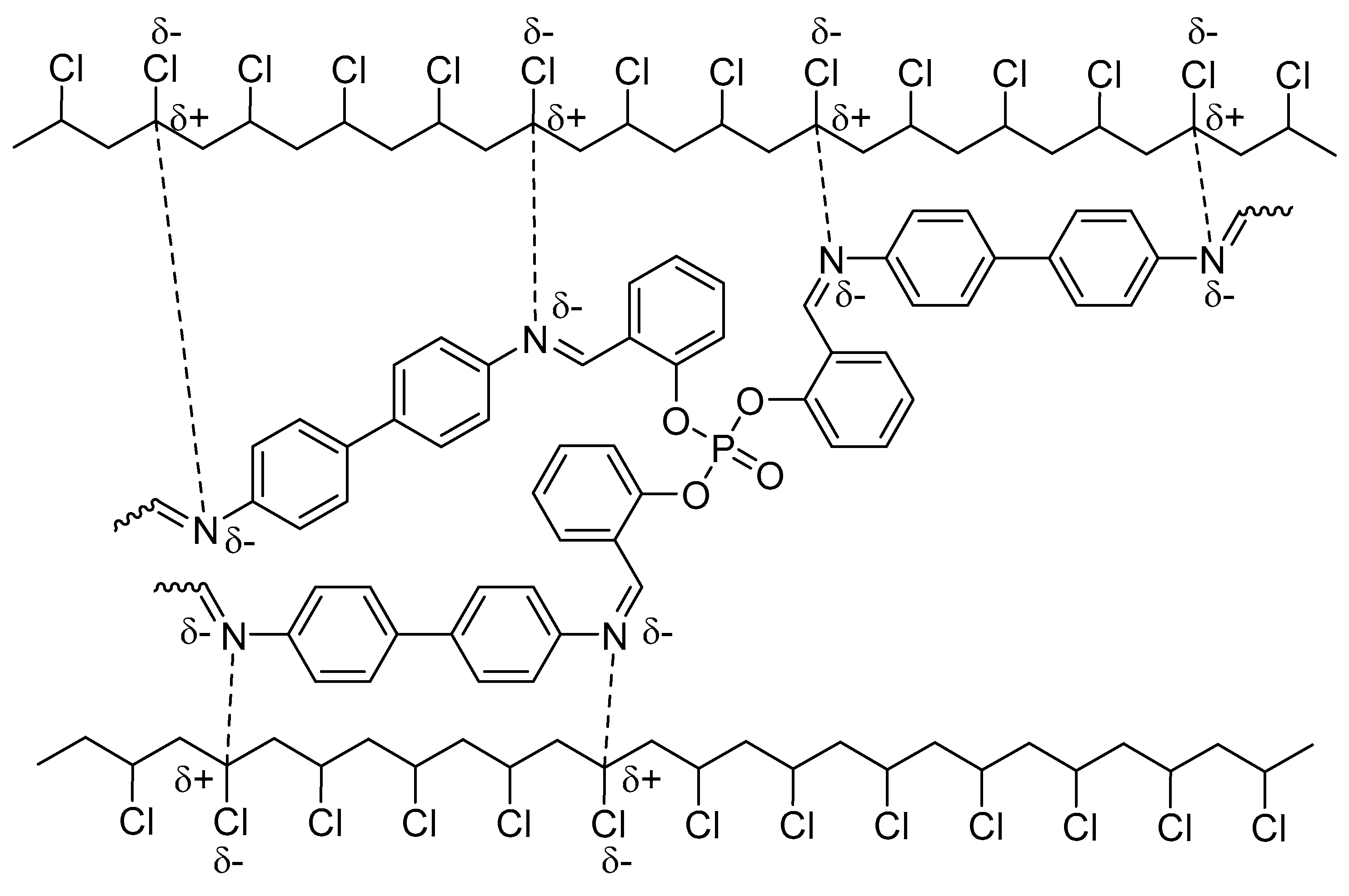The procedure to take samples at different periods of time has been described previously coelho 2006 as have the reaction mechanism features coelho et al 2011 percec et al 2004a fig.
Poly vinyl chloride chain transfer mechanism.
Comments on recent studies w h.
The most important technological procedure in the production of pvc is the suspension polymerization of vinyl chloride as processibility of the polymer may be influenced to a considerable extent by the choice of polymerization conditions.
The molecular weight profile of the set dtlrp of vcm was determined for different operational conditions in the 150 l reactor.
The 1º radical at the end of a growing chain is converted to a more stable 2º radical by hydrogen atom transfer.
Poly vinyl chloride pvc as a significant practical and salable polymer has been extensively studied because of its excellent film forming and favorable properties such as workability chemical.
These are small molecular weight molecules.
Chain transfer and control of molecular weight are mediated by the activation energy of head to head addition and thus by polymerization temperature alone.
Chain transfer reactions are especially prevalent in the high pressure radical polymerization of ethylene which is the method used to make ldpe low density polyethylene.
Determination of short chain branches in poly vinyl chloride and ethylene vinyl chloride copolymers by pyrolysis hydrogenation gas chromatography.
Polyvinyl chloride is a white rigid quite brittle solid.
The participation of chain transfer reactions in the polymerization of vinyl chloride in solutions has been elucidated.
Polyvinyl chloride is produced in an addition polymerisation reaction using the chloroethene vinyl chloride monomer.
Addition of vcm to growing pvc chain.
Pvc is the only major commercial polymer wherein polymerization temperature controls molecular weight and molecular weight distribution.
Isopropyl chloride 2 4 dichloropentane and 2 4 6 trichloroheptane were used as solvents.
Structural defects in poly vinyl chloride and the mechanism of vinyl chloride polymerization.
Additives are used to modify the properties of polyvinyl chloride to make it more useful.
1 shows the comparison between the molecular weight evolution vs time for.
Physical constants of poly vinyl chloride.
Polymerization conversion of monomers join in a chain to form polymers process is called polymerization monomer mono single mer unit the reactant species in polymerization process called as monomers.
This polymerisation reaction proceeds by a free radical mechanism.
Polymers joining of monomers to form big molecules called as polymers these are high in molecular weight molecules.


























